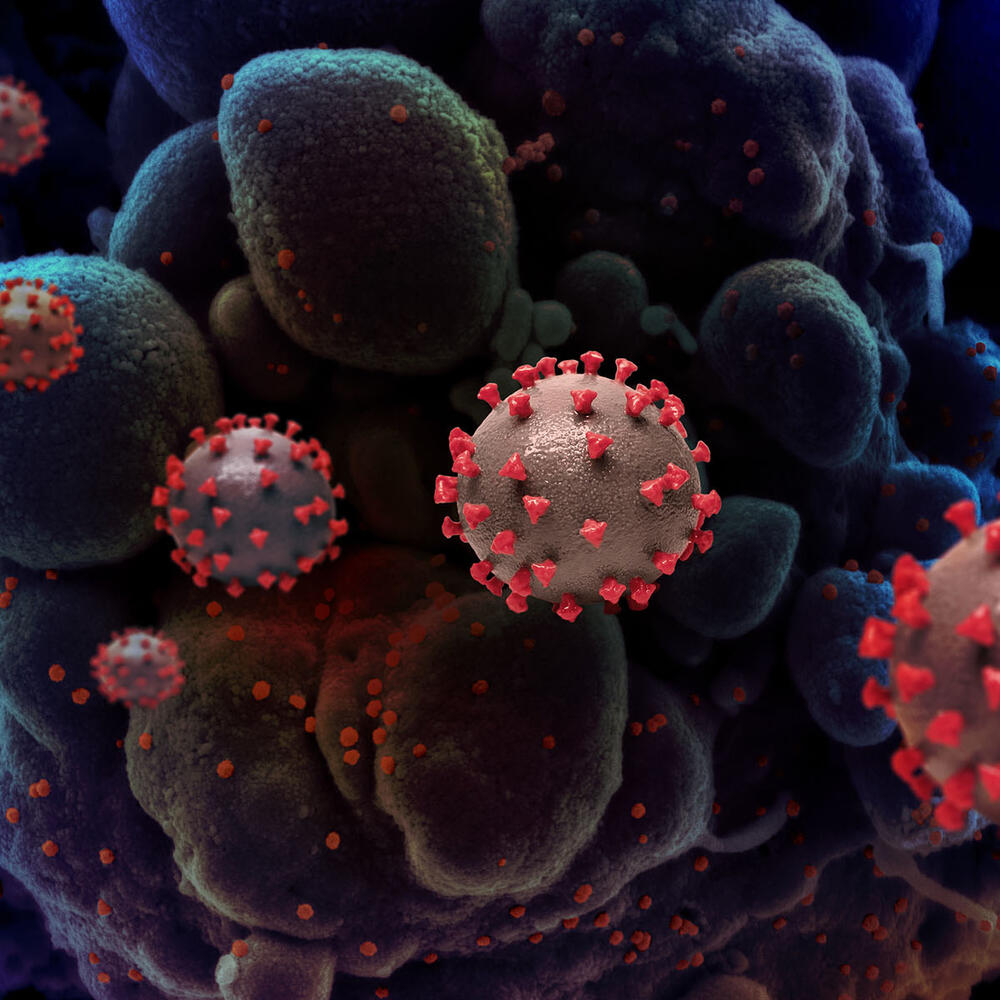Viruses, Vaccines, and COVID-19
© AMNH
Viruses, Vaccines, and Pandemic Science
Explore videos, articles, and other resources.
Created with the support of the City of New York Department of Health and Mental Hygiene. © 2023 City of New York
